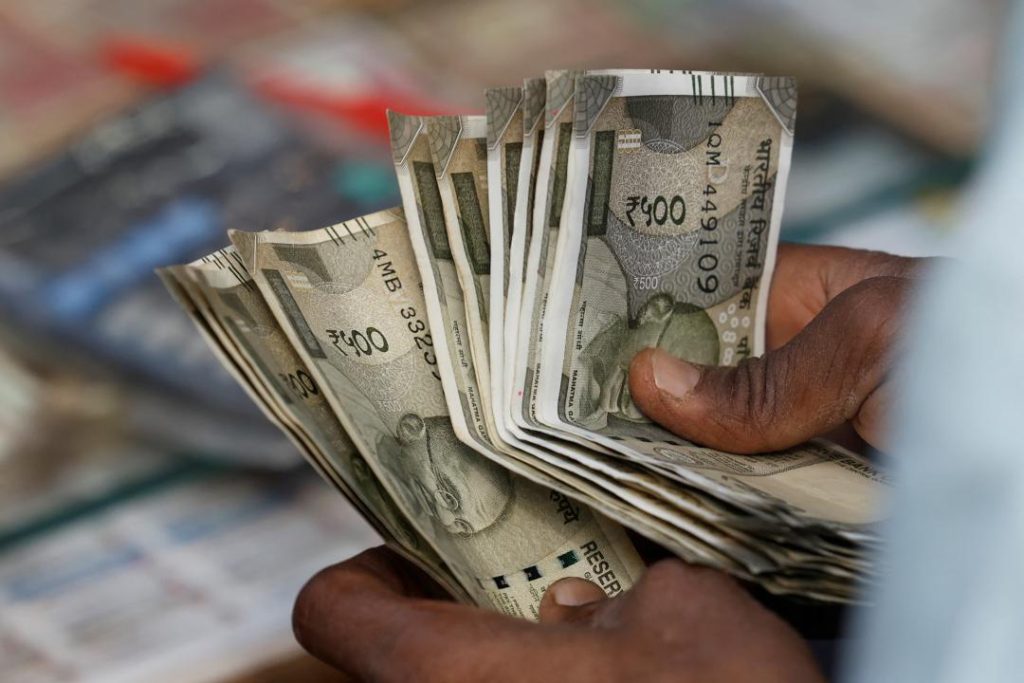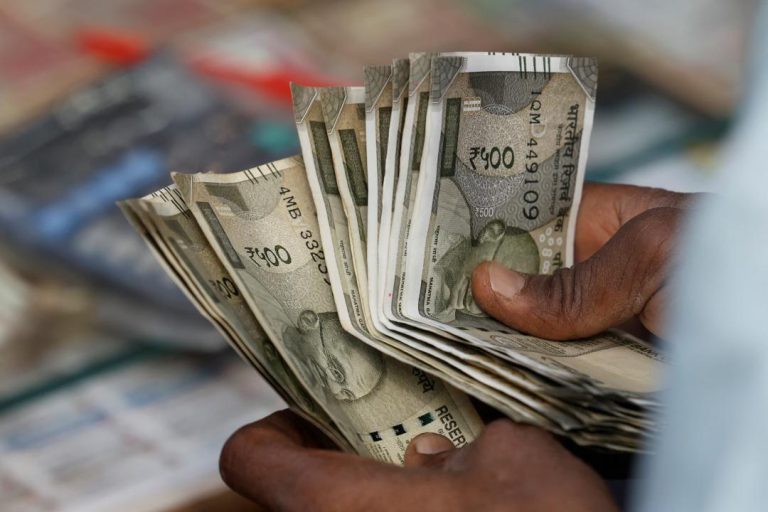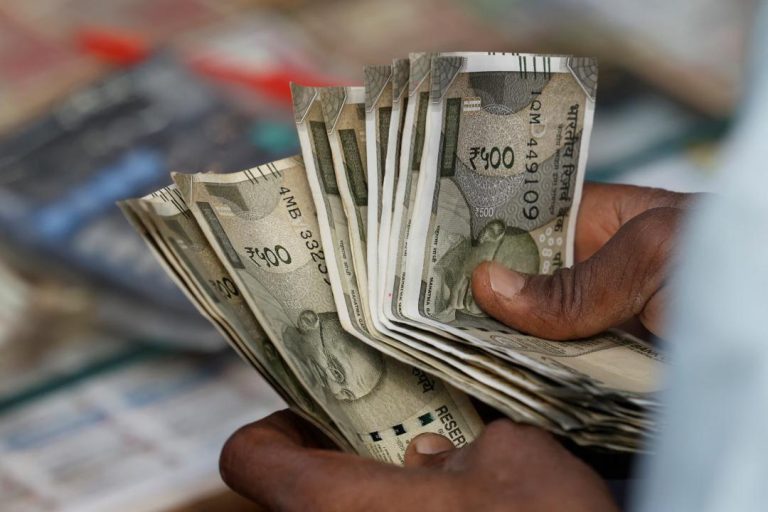
What Got Cheaper & Costlier in March as CPI Falls to 67-Month-Low of 3.34%?
The Consumer Price Index (CPI) in India, which measures the average change in prices of a basket of goods and services, has fallen to a 67-month-low of 3.34% in March. This significant decline in inflation has resulted in a notable change in the prices of various goods and services. While some essential commodities have become cheaper, others have seen a marginal increase. In this blog post, we will delve into the details of what got cheaper and costlier in March, and what this means for the Indian economy.
Prices of Eggs, Vegetables, and Pulses Decline Significantly
As per the data released by the Ministry of Statistics and Programme Implementation, prices of eggs, vegetables, and pulses saw a considerable decline in March. Eggs, which were earlier priced at around ₹6 per dozen, are now available at ₹5.50 per dozen, a decline of 8.33%. Similarly, the prices of vegetables, which were earlier priced at around ₹40 per kilogram, are now available at ₹35 per kilogram, a decline of 12.5%. Pulses, which were earlier priced at around ₹100 per kilogram, are now available at ₹85 per kilogram, a decline of 15%.
Spices, Meat, Fish, Housing, Recreation, and Amusement See Marginal Decline
Apart from eggs, vegetables, and pulses, prices of spices, meat, fish, housing, recreation, and amusement also saw a marginal decline in March. Spices, which were earlier priced at around ₹50 per kilogram, are now available at ₹47.50 per kilogram, a decline of 5%. Meat, fish, and poultry products, which were earlier priced at around ₹150 per kilogram, are now available at ₹142.50 per kilogram, a decline of 5.5%. Housing rent, which was earlier priced at around ₹20,000 per month, is now available at ₹19,500 per month, a decline of 2.5%. Recreation and amusement services, which were earlier priced at around ₹500 per month, are now available at ₹490 per month, a decline of 2%.
Fruit Prices See Sizeable Jump
On the other hand, prices of fruits saw a significant jump in March. Fruit prices, which were earlier priced at around ₹30 per kilogram, are now available at ₹40 per kilogram, a jump of 33.33%. This increase in fruit prices can be attributed to factors such as supply chain disruptions, adverse weather conditions, and increase in demand.
Prices of Cereals, Milk, Oil, Sugar, Confectionery, Clothing, Snacks, Sweets, Pan, Tobacco, Footwear, Fuel, Health, and Education See Marginal Rises
Apart from fruits, prices of cereals, milk, oil, sugar, confectionery, clothing, snacks, sweets, pan, tobacco, footwear, fuel, health, and education also saw a marginal rise in March. Cereals, which were earlier priced at around ₹20 per kilogram, are now available at ₹22 per kilogram, a rise of 10%. Milk, which was earlier priced at around ₹40 per liter, is now available at ₹44 per liter, a rise of 10%. Oil, which was earlier priced at around ₹100 per liter, is now available at ₹110 per liter, a rise of 10%. Sugar, which was earlier priced at around ₹30 per kilogram, is now available at ₹35 per kilogram, a rise of 16.67%. Confectionery, which was earlier priced at around ₹50 per kilogram, is now available at ₹57.50 per kilogram, a rise of 15%. Clothing, which was earlier priced at around ₹500 per piece, is now available at ₹550 per piece, a rise of 10%. Snacks, which were earlier priced at around ₹20 per packet, are now available at ₹23 per packet, a rise of 15%. Sweets, which were earlier priced at around ₹50 per kilogram, are now available at ₹57.50 per kilogram, a rise of 15%. Pan, which was earlier priced at around ₹50 per piece, is now available at ₹57.50 per piece, a rise of 15%. Tobacco, which was earlier priced at around ₹20 per packet, is now available at ₹23 per packet, a rise of 15%. Footwear, which was earlier priced at around ₹500 per pair, is now available at ₹550 per pair, a rise of 10%. Fuel, which was earlier priced at around ₹100 per liter, is now available at ₹110 per liter, a rise of 10%. Health services, which were earlier priced at around ₹500 per visit, are now available at ₹550 per visit, a rise of 10%. Education services, which were earlier priced at around ₹10,000 per month, are now available at ₹11,000 per month, a rise of 10%.
What Does This Mean for the Indian Economy?
The decline in CPI to a 67-month-low of 3.34% in March is a significant development for the Indian economy. It indicates that inflationary pressures are easing, and the economy is likely to witness a period of stable prices. This stability in prices will have a positive impact on the overall economy, as it will boost consumer spending and business confidence. Furthermore, the decline in prices of essential commodities such as eggs, vegetables, and pulses will help to improve the purchasing power of consumers and reduce the burden of household expenses.
Conclusion
In conclusion, the CPI in India has fallen to a 67-month-low of 3.34% in March, resulting in a decline in prices of eggs, vegetables, and pulses, and a marginal decline in prices of spices, meat, fish, housing, recreation, and amusement. On the other hand, prices of fruits, cereals, milk, oil, sugar, confectionery, clothing, snacks, sweets, pan, tobacco, footwear, fuel, health, and education saw a marginal rise. This decline in inflation will have a positive impact on the Indian economy, boosting consumer spending and business confidence. As the economy continues to navigate the challenges posed by the COVID-19 pandemic, the decline in CPI is a welcome development that will help to stimulate economic growth.
Source:




